10 Energy-Efficient Moves to Do in a Weekend
For homeowners, it doesn't take much to help make the planet a little greener.
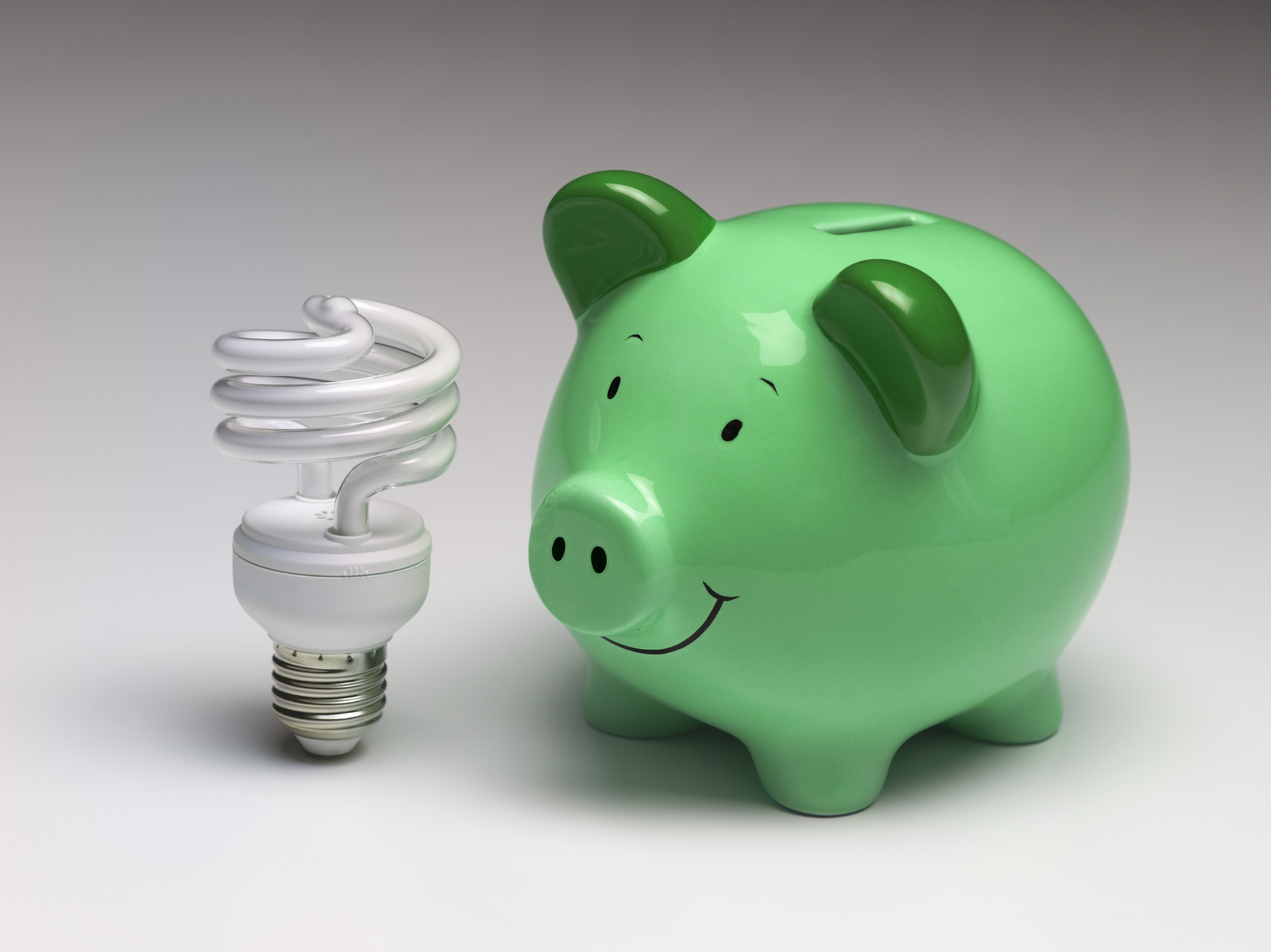

Donna LeValley
For homeowners, it doesn't take much effort to make the planet a little greener or keep more green in your pocket. From replacing your light bulbs to installing insulating window treatments, most projects are fairly simple to do and range in price from $10 to $250.
Here's our round-up of got 10 energy-efficient do-it-yourself projects to try out over the weekend.
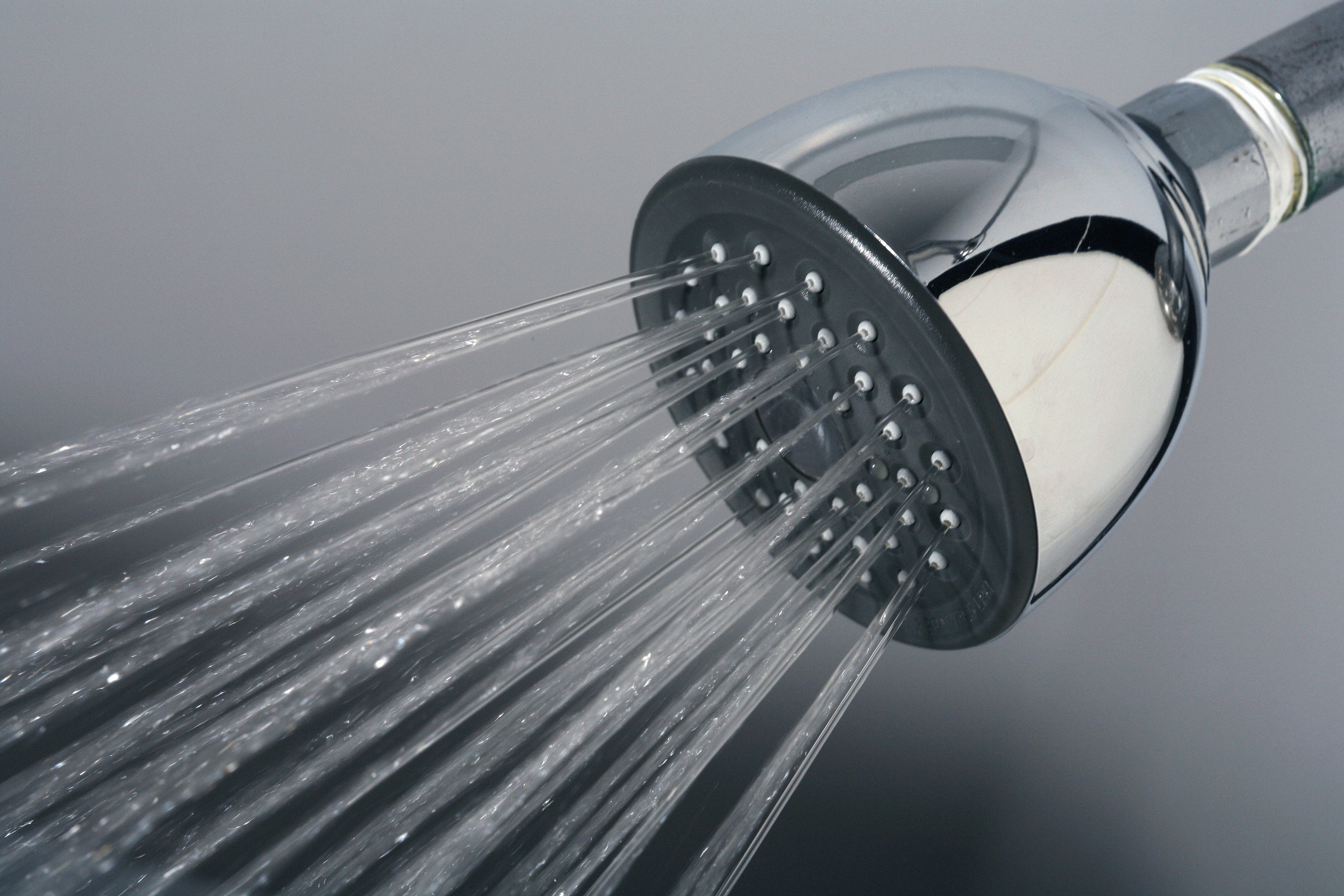
Replace your showerhead
Estimated time: 15 minutes
Estimated cost: $10 to $60
Install a new WaterSense-labeled showerhead, and you could save more than 2,700 gallons of water annually, according to the Environmental Protection Agency. Using less hot water will cut your energy bills, and your local utilities may provide a rebate, too. The EPA vouches that models labeled WaterSense still provide a satisfying shower.
Your showerhead is a water-waster if it fills a gallon bucket in 20 seconds. To find out how much water and money you could save in your home with water-saving improvements, use the WaterSense calculator at EPA.gov.
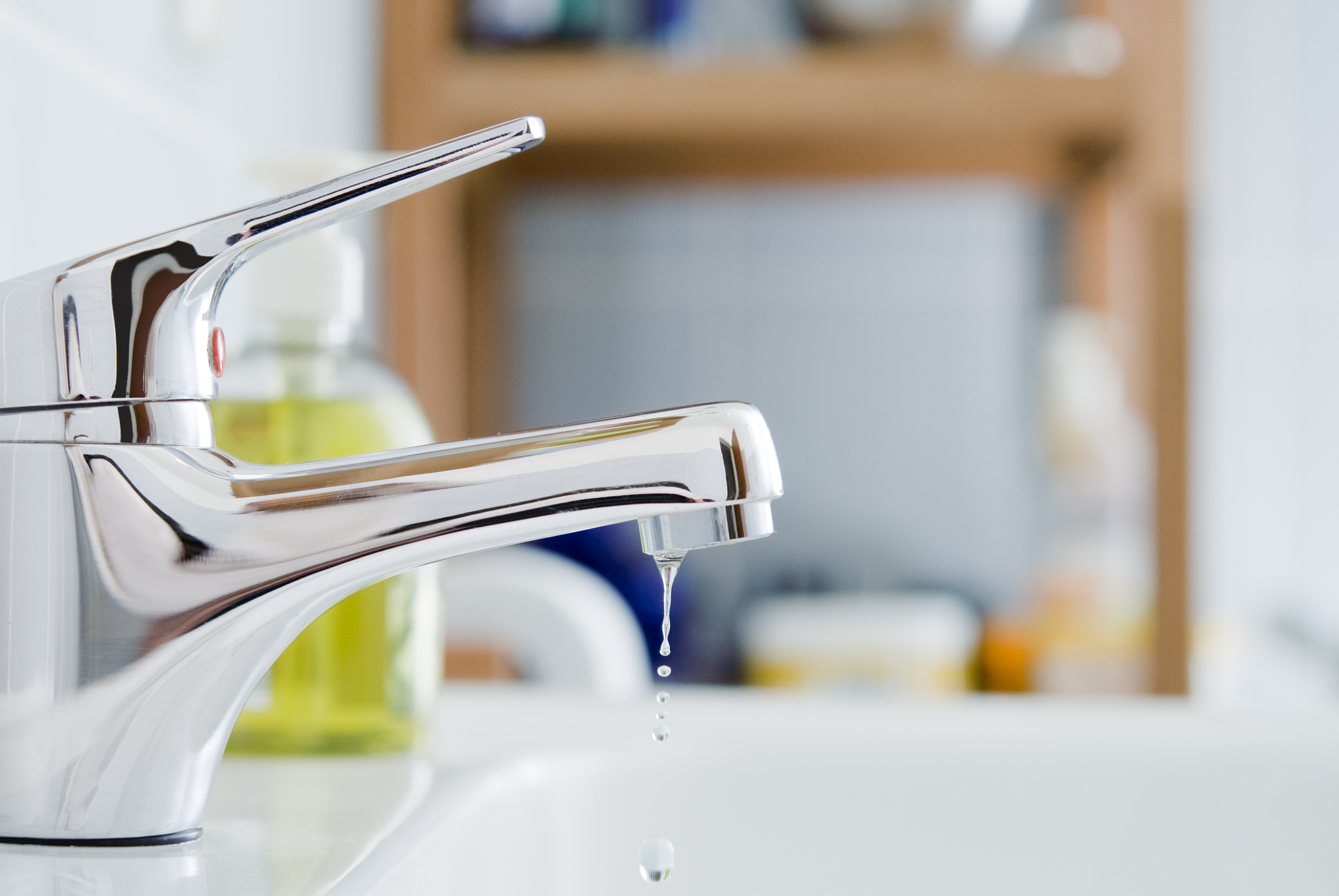
Add aerators to your faucets
Estimated time: About 5 minutes per faucet
Estimated cost: $2 to $10
You can save another 700 gallons of water annually simply by replacing a standard aerator, which delivers more than 2.5 gallons per minute, with a low-flow one, with a flow of 0.5 to 1 gallon per minute. The low-flow aerators will cut water and energy usage while maintaining adequate water pressure.
Unsure whether your faucets are water wasters? Put a quart container under the sink faucet and let it flow. If the container fills in less than five seconds, get busy. In the kitchen you might want greater flow, say 2 to 4 gallons per minute, for filling a pot or the sink.
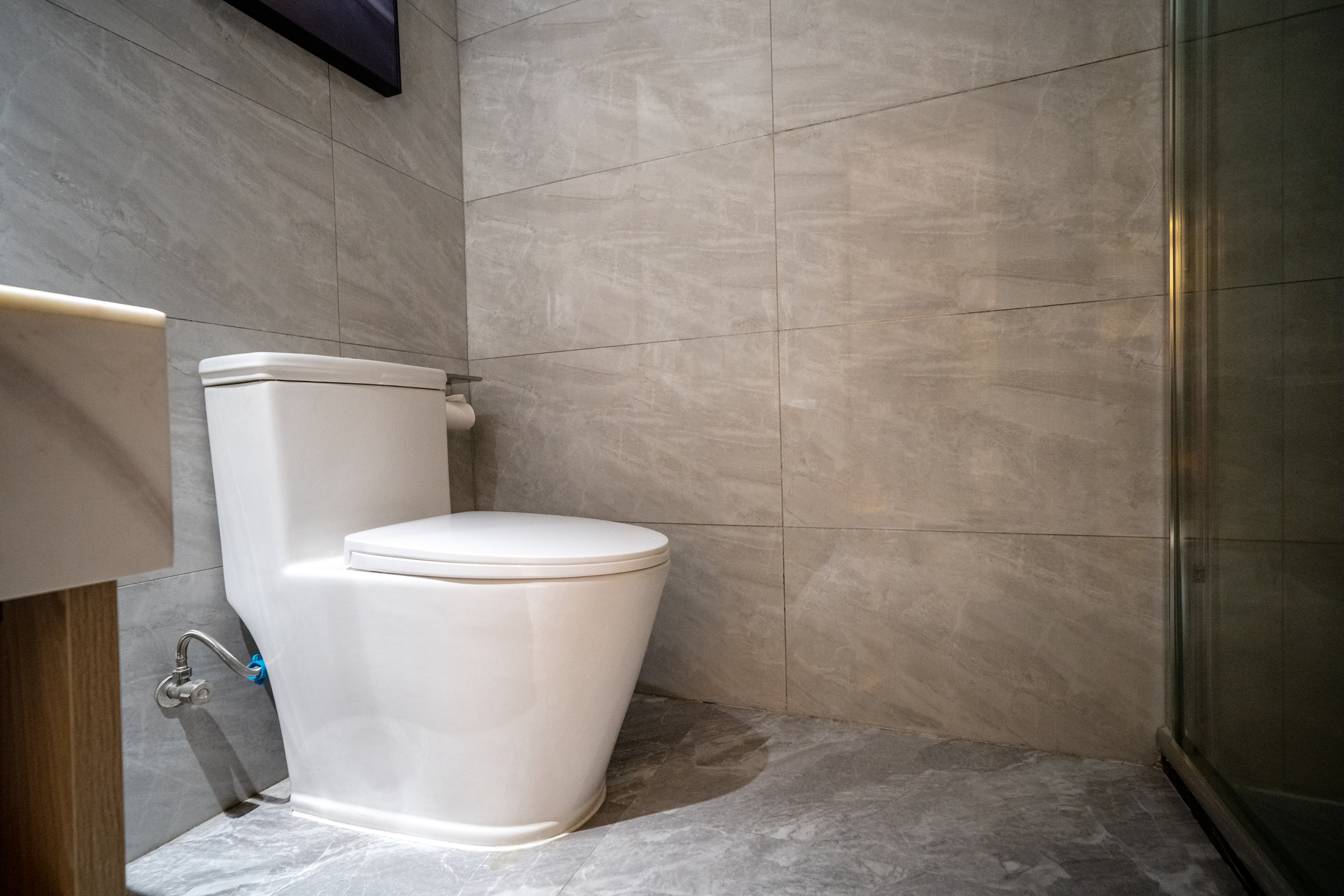
Install a water-efficient toilet
Estimated time: One hour
Estimated cost: $200 or more
EPA estimates that a family of four that replaces a home's older toilets with WaterSense-labeled models will, on average, save more than $140 annually on their water bill and $2,900 over the toilet's lifetime. And be sure to check whether your water utility or local government offers a rebate for a more efficient toilet.
The best efficient toilets cost from about $325 on up, according to Treehugger. These aren't the low-flow toilets of the past that had, politely put, "performance issues." Some come with two levels of flushing and creative ways of spraying water under pressure to drive efficiency. The DIY expert, Ron Hazelton, offers helpful installation tips. If you still don't feel comfortable, you can always hire a contractor for an average price of about $375, according to the home improvement site, Angi.
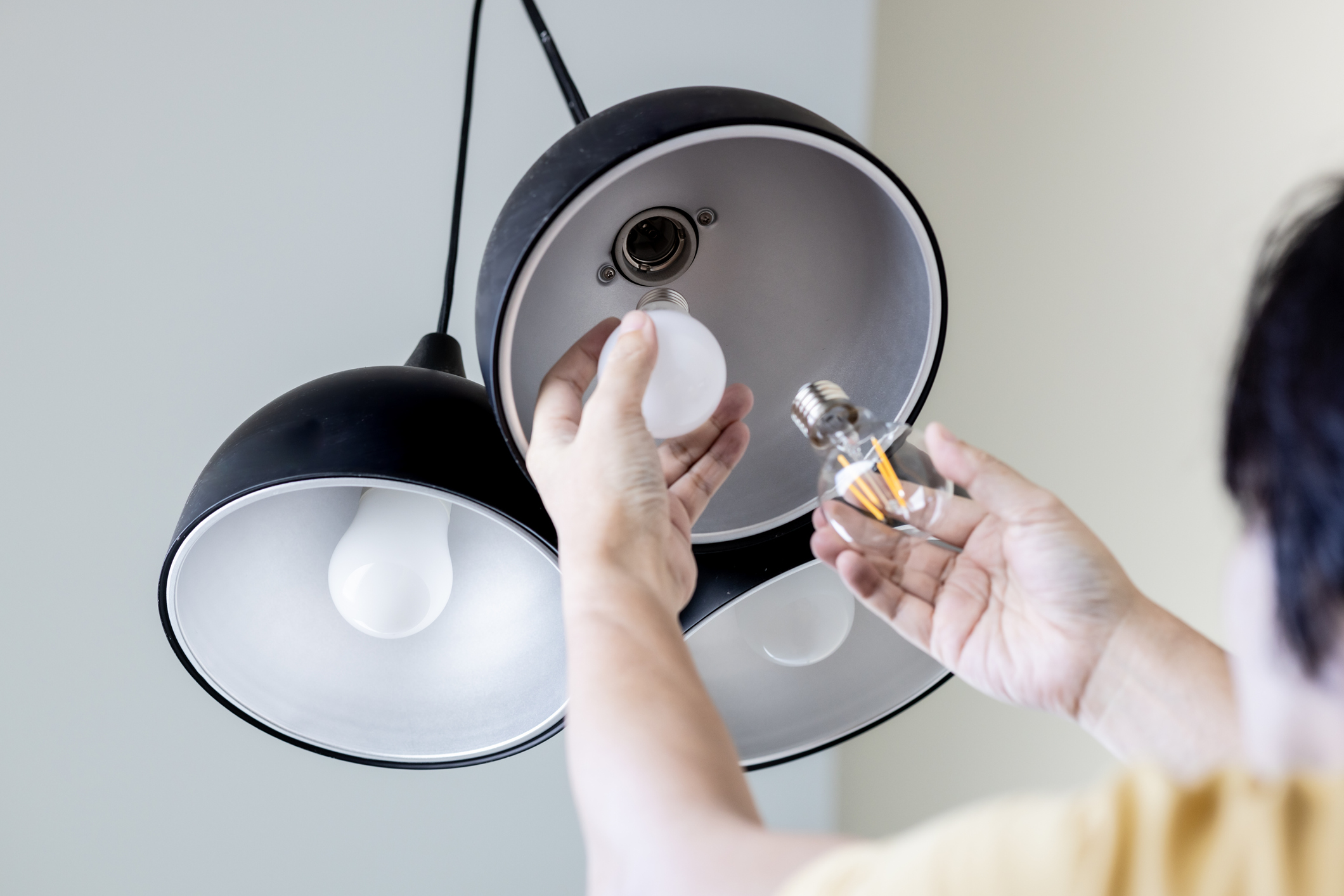
Switch to LEDs
Estimated time: 15 minutes
Estimated cost: About $1.50 and up
As the days get shorter, you’ll keep on the lights longer. Now’s a good time to switch from traditional incandescent light bulbs to light-emitting diode (LED) lights. LEDs last up to 25 times longer than incandescent bulbs, and they may use 90% less energy. They now come in many different hues and in softer colors.
You can buy LED bulbs in bulk and switch out most of the single-bulb incandescent or CFL lights in your house. For about $30 you can get a 24-pack of Sylvania LED 60W bulbs. Or consider setting up a "smart light" system.
Hot tip: If you get an energy audit, you may get free LED bulbs installed throughout your home.
Start with your five most frequently used fixtures and you can save about $45 annually. Don’t forget about your hardest-to-reach locations, too. Don’t want to climb a ladder? Use the Bayco 11-foot Light Bulb Changer ($37).
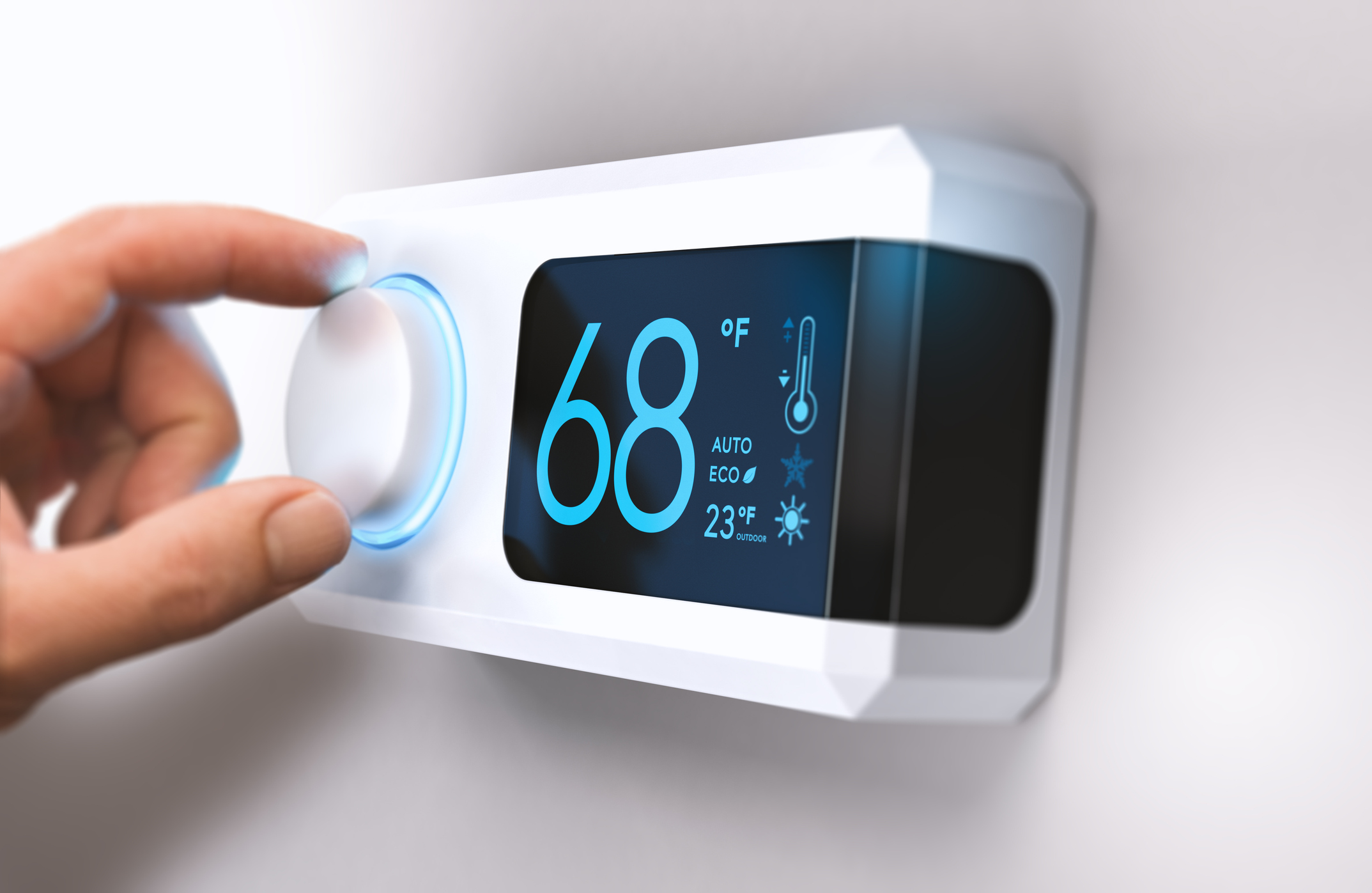
Install a programmable thermostat
Estimated time: A half hour
Estimated cost: $25 to $250
With a programmable thermostat you can preset temperatures for your home that will automatically reduce heating and cooling when you don’t need them as much. Energy Star says an average household can save about $180 annually on their energy bills by properly setting their programmable thermostat and maintaining those settings.
This is a low-voltage wiring installation that will involve 2 to 10 wires. If you don’t feel comfortable following the instructions, a heating-and-air-conditioning contractor will probably charge you about $110 to $265 for installation.
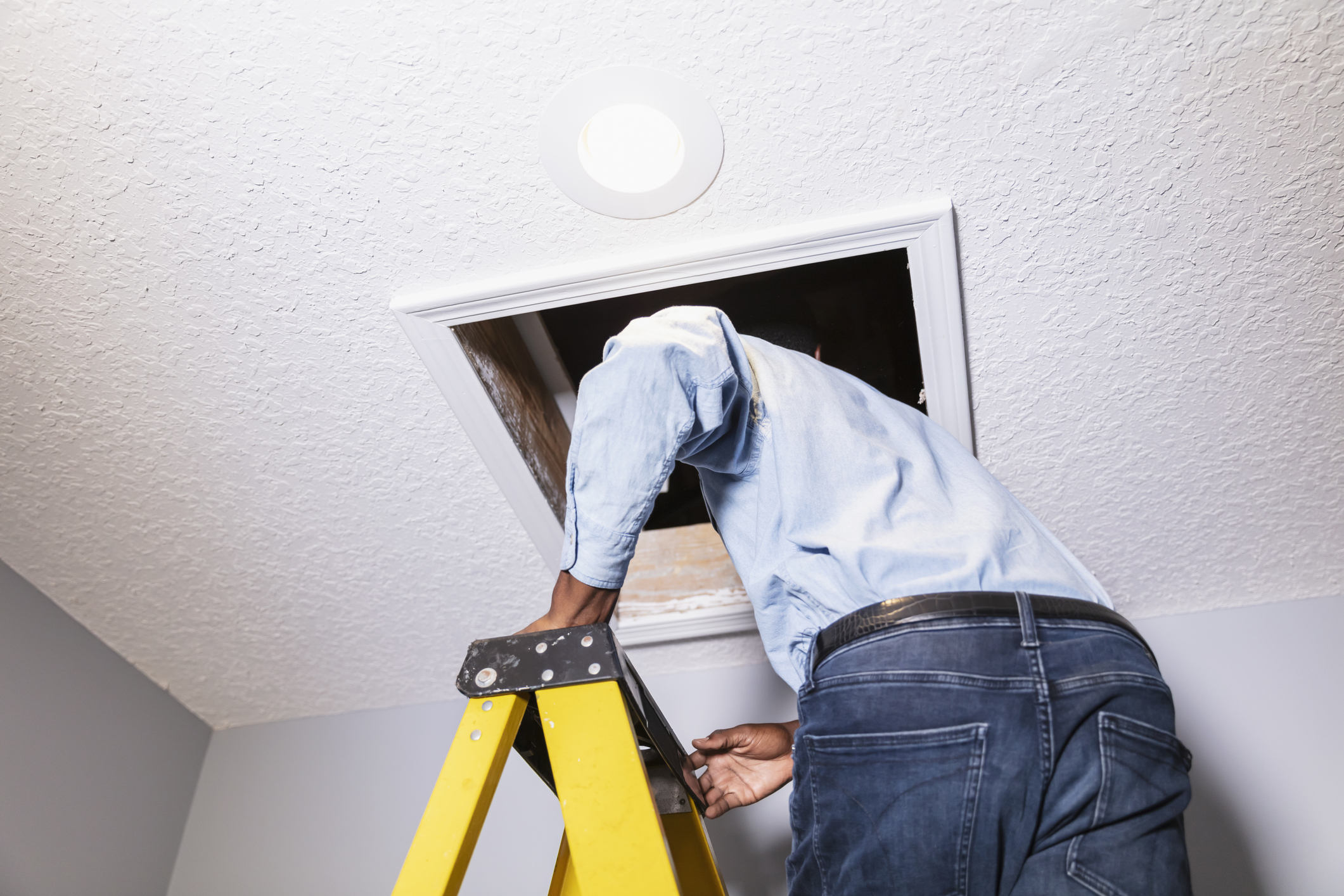
Build or install an insulated attic hatch
Estimated time: Several hours
Estimated cost: $50 if DIY; $50 to $240 for ready-made models
If your attic entry is uninsulated, then your home may gain heat in summer and lose it in winter, jacking up your energy bills. Adding or updating attic insulation around the entry hatch can help. This job is a little more involved than simply laying down insulation; you'll need to know the correct "R-value" for your area. For do-it-yourself instructions, read the guide from the Insulation Institute. I
Keep in mind that depending on the age of your home, you may encounter old, hazardous insulation materials, such as asbestos, or insulation contaminated with mold. If you are uncertain about what might lurk in your attic insulation, it's best to call a professional.
If you have a big insulation job such as an entire attic, keep in mind that as part of the Inflation Reduction Act, homeowners may qualify for up to $1,600 in tax credits for insulation, air sealing, and ventilation.
You also have your choice of several, ready-made products. Check out: Battic Door Home Energy Conservation Products, The Energy Guardian Kits, the Attic Tent and the Draft Cap.
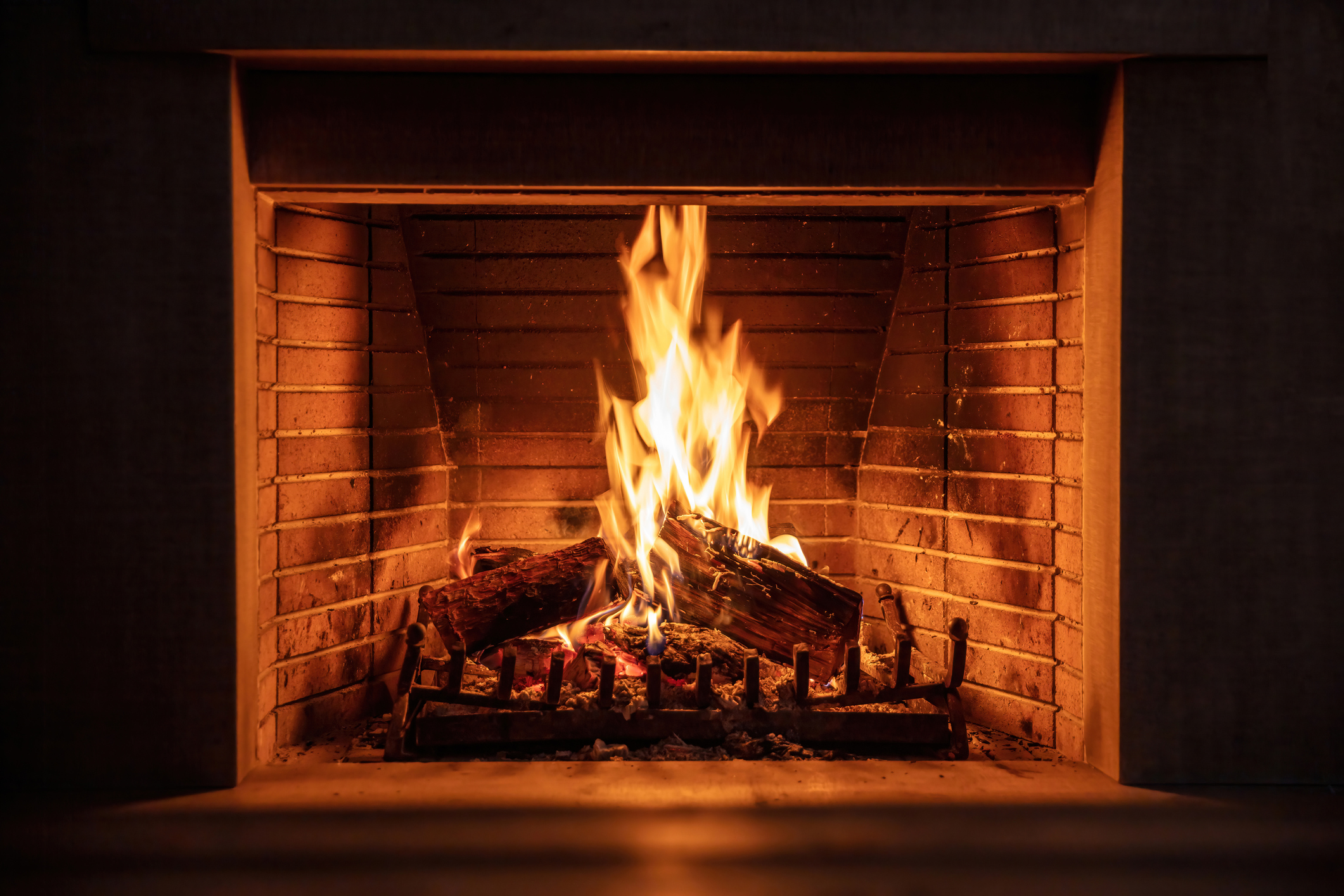
Stop chimney drafts
Estimated time: 15 minutes
Estimated cost: $65 for ready-made draftstopper
Even with the damper closed, in winter your home’s heated air goes up the chimney and in summer hot outdoor air comes down. When you’re not using it your fireplace, plug the flue with a chimney balloon like the Draft Stopper from Battic Door Energy Conservation Products.
For a really cheap alternative, you can make one out of an old seat cushion or a pillow placed in a heavy plastic bag. Stuff the cushion into the flue and tie a long tail to it, so you don’t forget about it the next time you make a fire.
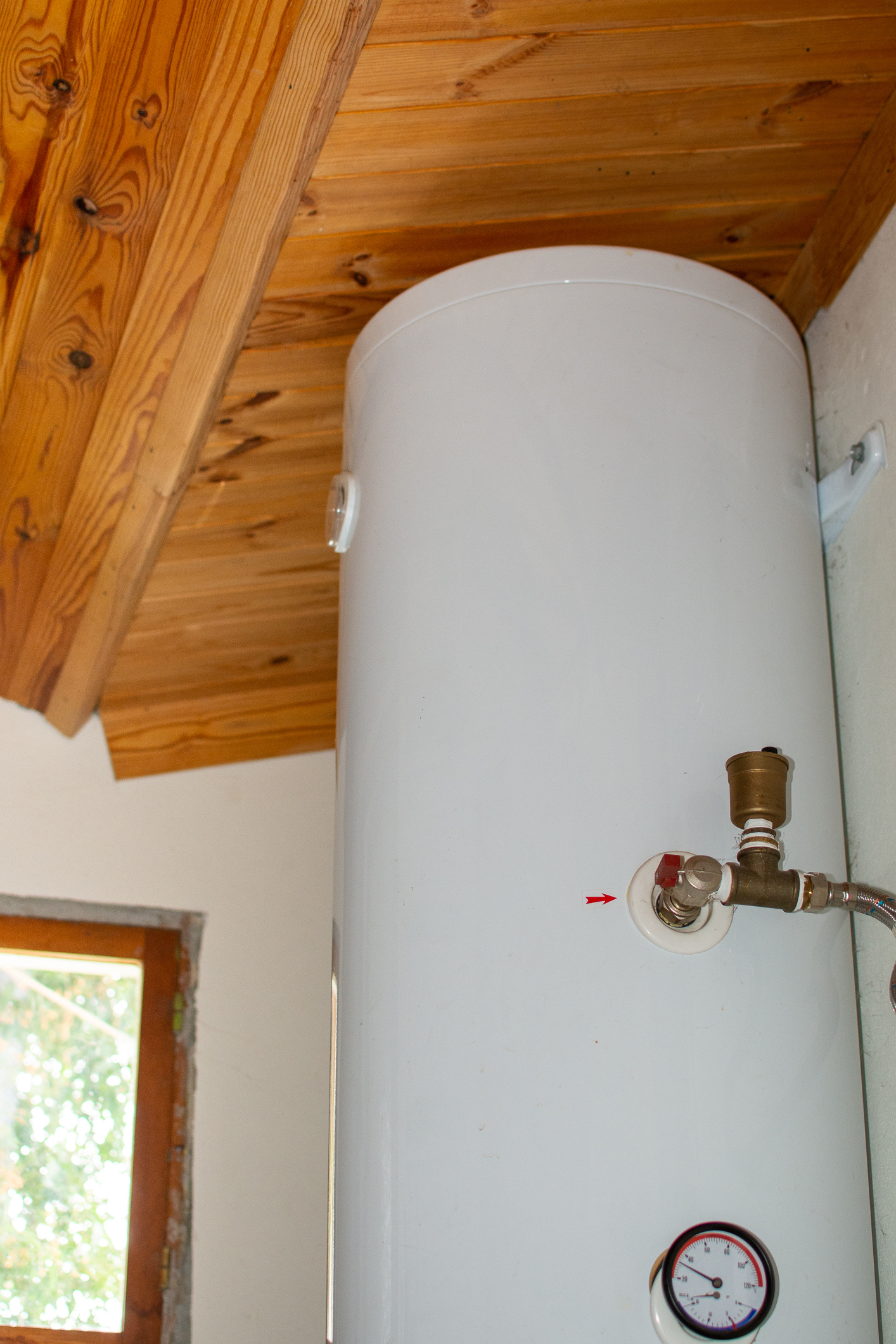
Drain sediment from your water heater
Estimated time: 15 minutes
Estimated cost: $0
To ensure your water heater’s performance and longevity, drain it annually to get rid of accumulated sediment -- sand, minerals or other non-soluble stuff that settles at the bottom of the tank. A good tip-off that you need to do this? The heater sounds like a coffee pot, making bubbling or burping noises.
The basic strategy: Attach a garden hose to the drain valve at the bottom of the rank and run it outdoors or to a utility tub.
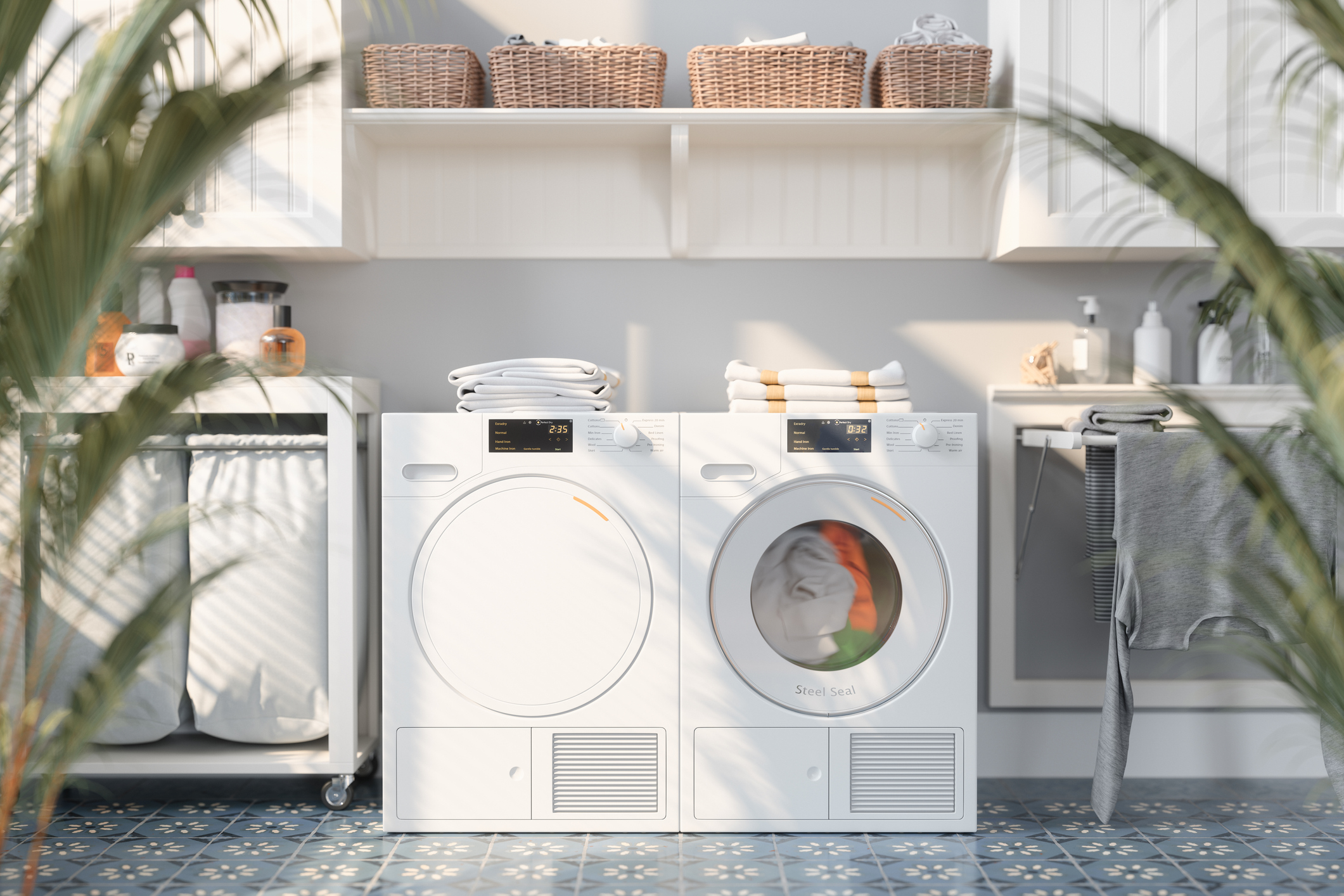
Replace your washing machine hoses
Estimated time: 10 minutes
Estimated cost: $15 to $45
Washing machine hoses don’t last forever, regardless of the material they’re made from — reinforced rubber of stainless-steel reinforced (even those touted as "burst-proof"). A broken one can deluge your home with hundreds of gallons of water per hour, and your homeowners insurance probably won’t cover the flood.
Check the hoses frequently for rusting, bulging, cracking, fraying and leaks — signs that you should replace the hoses now. Otherwise, State Farm recommends that you replace them every three to five years. While you’re at it, check the hoses leading to water heaters, dishwashers and refrigerator ice-makers.
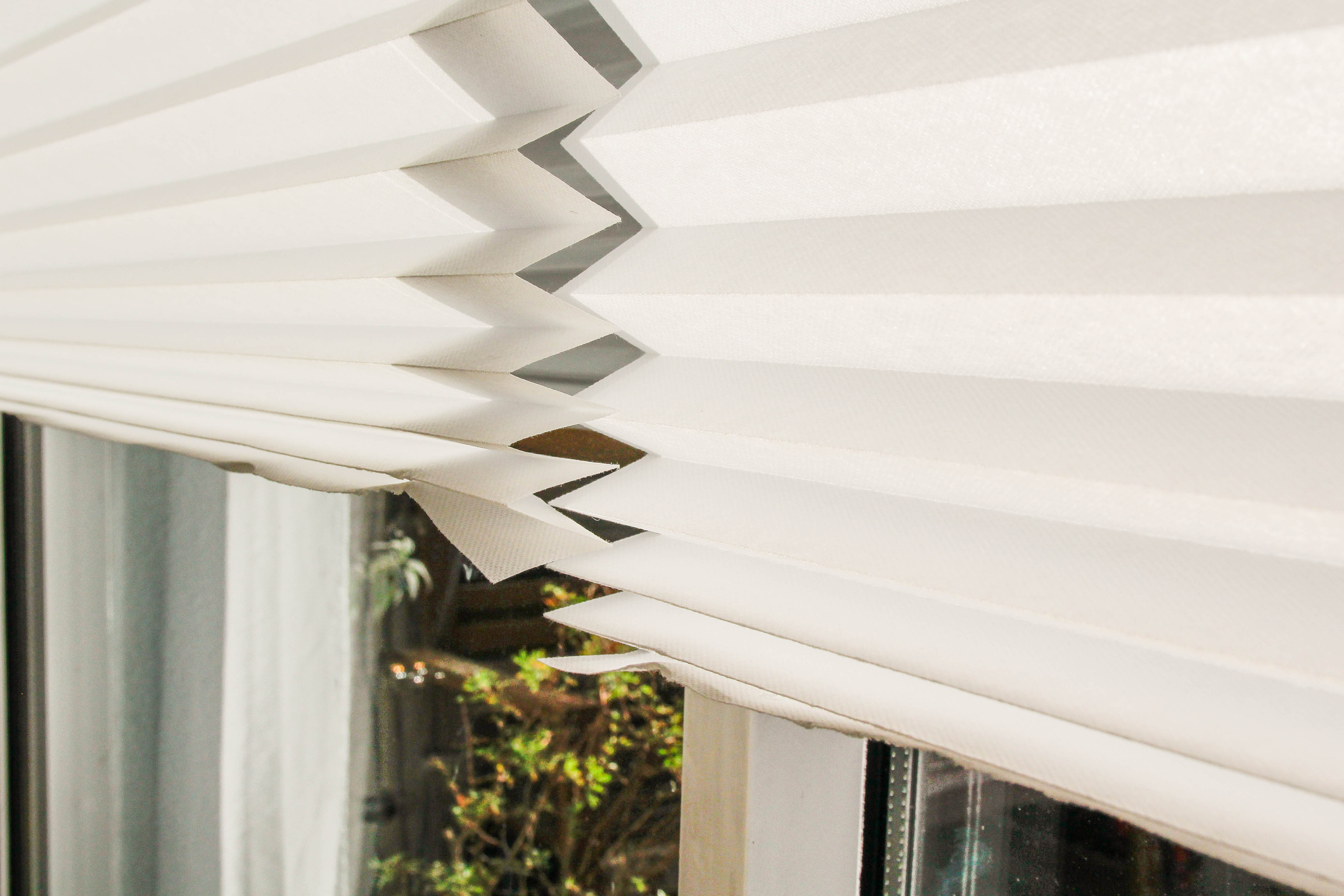
Add insulating window treatments
Estimated time: One hour for drapes; half hour per blind
Estimated cost: $10 to $300 and up
You can increase your comfort and cut your energy bills this winter with thermal window coverings. Duette Architella honeycomb shades, by Hunter Douglas (from $300 per blind), more than doubles the insulating value of a double-paned, low E window (when "inside mounted" and fully recessed within the window casement).
Other options: Deconovo sells thermal curtains with reflective backings for about $25 for two panels.

Get Kiplinger Today newsletter — free
Profit and prosper with the best of Kiplinger's advice on investing, taxes, retirement, personal finance and much more. Delivered daily. Enter your email in the box and click Sign Me Up.

- Donna LeValleyRetirement Writer
-
 Starbucks 2025 Dress Code Changes: See the New Look
Starbucks 2025 Dress Code Changes: See the New LookThe 2025 Starbucks dress code change features a uniformed look as part of creating a more familar and friendly cafe experience.
By Sean Jackson
-
 Ray Dalio Is Ringing Alarm Bells About 'Something Worse Than a Recession'
Ray Dalio Is Ringing Alarm Bells About 'Something Worse Than a Recession'Bridgewater founder Ray Dalio has been sounding off about his concerns for the global economy as a result of tariffs and certain policies, as well as other factors.
By Alexandra Svokos
-
 12 Great Places to Retire in the Midwest
12 Great Places to Retire in the MidwestPlaces to live Here are our retirement picks in the 12 midwestern states.
By Stacy Rapacon
-
 10 Cheapest Small Towns to Live In
10 Cheapest Small Towns to Live InThe cheapest small towns might not be for everyone, but their charms can make them the best places to live for plenty of folks.
By Dan Burrows
-
 Best Cold Weather Places to Retire
Best Cold Weather Places to RetirePlaces to live Some like it hot; others not so much. Here are the 12 best places to retire if you can't stand the heat.
By Stacy Rapacon
-
 The Cheapest Places To Retire in the US
The Cheapest Places To Retire in the USWhen you're trying to balance a fixed income with an enjoyable retirement, cost of living is a crucial factor to consider.
By Stacy Rapacon
-
 The Six Best Places to Retire in New England
The Six Best Places to Retire in New Englandplaces to live Thinking about a move to New England for retirement? Here are the best places to land for quality of life, affordability and other criteria.
By Stacy Rapacon
-
 Best Cold Weather Places to Retire
Best Cold Weather Places to Retireplaces to live Some like it hot; others not so much. Here are the 12 best places to retire if you can't stand the heat.
By Stacy Rapacon
-
 15 Ways to Prepare Your Home for Winter
15 Ways to Prepare Your Home for Winterhome There are many ways to prepare your home for winter, which will help keep you safe and warm and save on housing and utility costs.
By Donna LeValley
-
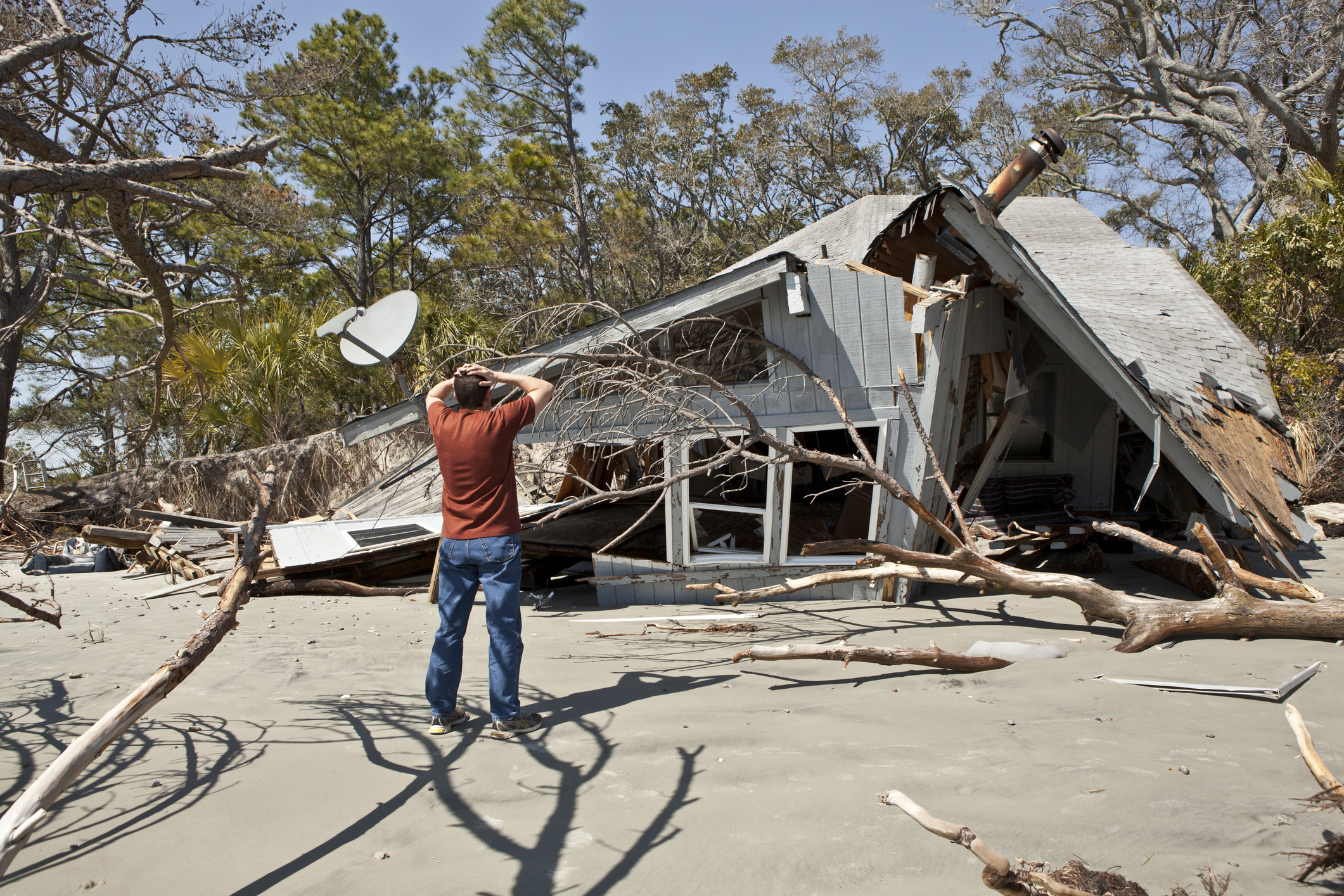 Hurricane Insurance Claims: 10 Things You Need to Know
Hurricane Insurance Claims: 10 Things You Need to KnowBecoming a Homeowner Hurricane damage? Know what your insurance will and won't cover to make the most of your policy if you need to file a claim.
By Kimberly Lankford
